In the airline and air charter world, a flight crew is not alone in accomplishing their work. Besides the flight attendants caring for the passengers, the mechanics making sure the aircraft is in good working condition, the ground crew loading the baggage and cargo, and air traffic controllers guiding the flight through the air, there is another unseen yet equally valuable member of the team: The flight dispatcher.
Flight Dispatchers and Safety
Flight dispatchers act as a second set of eyes for the pilots, dispassionately evaluating the weather and other factors impacting a flight. Dispatchers are often hundreds of miles away from the airport where the crew is about to depart, so they are literally far removed from the situation in which the pilots find themselves.
This adds an important element of safety to the conduct of the flight: Someone willing to say “no” when everyone else says “yes” to making a flight. Both the dispatcher and the captain must agree that a flight is safe, and if either has an objection or a genuine safety issue, the crew and dispatcher must rectify each other’s concerns before the aircraft can legally depart.
How Flight Dispatchers Work
Dispatchers work in an airline’s Operations Control Center, usually at the company’s headquarters. As most airlines are a 24/7 operation, dispatchers rotate on eight-hour shifts, watching over every company airplane in the air and those preparing to launch. A single dispatcher can be responsible for upwards of twenty flights. The dispatcher’s desk often contains multiple computer screens, presenting myriad amounts of information to be evaluated and processed.
The usual salary for a flight dispatcher is between $30,000 and $90,000 a year, with most making around $50,000. Some flight dispatchers are also eligible for airline profit sharing.
A dispatcher’s primary job is keeping track of the weather unfolding that day, and deciding how that will affect a flight. When a wall of thunderstorms is marching across the proposed route of flight, it’s the dispatcher’s duty to find a way around.
A re-route will mean a change in the fuel required to make the flight, so the dispatcher has to re-calculate the passenger and cargo weights against the new fuel load to ensure the aircraft does not takeoff overweight.
If the weather at a flight’s destination does not meet the 1-2-3 rule (one hour before and after the arrival time, the ceiling must be at least two thousand feet, and the visibility must be at least three miles) then the dispatcher will find an alternate airport for the flight to go if the weather unexpectedly lowers to a point where aircraft can’t land. On particularly bad weather days, a dispatcher will list two alternate airports for a flight, just in case the first alternate airport’s ceiling or visibility drops below landing requirements.
If a flight diverts to an alternate airport because of the weather or a maintenance problem, it is the dispatcher’s job to develop a plan for the flight to continue once all issues are solved. In the event the flight can’t continue, this plan could mean re-accommodating passengers on other flights or even other airlines, arranging for bus transportation to the original destination, or bringing in a replacement airplane to finish the flight.
Along with all these tasks, the dispatcher must then also figure out how to accomplish the next flights scheduled for that aircraft. In the case of a maintenance delay, the subsequent flights will be delayed incrementally, with the hope that at some point during the day or the next, the schedule will get back on track.
Flight dispatchers are also in charge of tracking the flight crew’s elapsed time on duty and their required rest once they reach their destination. Crewmembers are also responsible for monitoring their duty time, and if either the dispatcher or pilot (or flight attendant) feels that taking another flight will exceed duty time limits, they must have an honest conversation about how to address the situation.
Many times, in a delay scenario, a crew will be legally able to finish their scheduled day, but then their rest rules will require the dispatcher to delay the next morning’s flight unless a reserve crew can be called up to keep things on time. In these situations, the dispatcher will work directly with the airline’s Crew Scheduling department to locate the replacement crewmembers, and perhaps reassign the original crew to other flights. The Crew Scheduling people also work in the Operations Control Center since the dispatchers need to interface with Crew Scheduling on a constant basis.
Are Flight Dispatchers Pilots?
Just like it is a common misconception that most or all air traffic controllers are pilots, it’s also incorrect that most or all dispatchers are pilots. Like controllers, it not uncommon for a dispatcher to have at least an entry-level pilot certificate, but the majority of dispatchers are not professional pilots.
The misconception may arise from the fact that dispatchers receive almost the same academic and ground training as pilots. Dispatchers must be equally skilled as pilots at weather theory, principles of aerodynamics, understanding aircraft systems, and must also have a thorough knowledge of aviation regulations. In fact, the written tests for the dispatcher certificate and the Captain pilot certificate are identical.
What Makes a Good Flight Dispatcher
Flight dispatchers must withstand stress well and have high emotional intelligence; they must be able to communicate well with flight crews as well as other airline employees. A good flight dispatcher is extremely detail oriented and feels comfortable with math and such structured tasks as quickly juggling schedules. Because of this, flight dispatchers must be responsible and decisive, all while maintaining receptivity to correction and new information.
Since flight dispatchers must monitor weather constantly and make judgment calls about fuel amounts, safe passage, and airport conditions, they should be able to quickly analyze information and pass it along quickly and clearly. It’s also important for a flight dispatcher to undertake recurrent training involving meteorology, FAA regulations, airline policy, and other matters.
Ready to soar in your aviation career?
Mr. Matthew A. Johnston has over 23 years of experience serving various roles in education and is currently serving as the President of California Aeronautical University. He maintains memberships and is a supporting participant with several aviation promoting and advocacy associations including University Aviation Association (UAA), Regional Airline Association (RAA), AOPA, NBAA, and EAA with the Young Eagles program. He is proud of his collaboration with airlines, aviation businesses and individual aviation professionals who are working with him to develop California Aeronautical University as a leader in educating aviation professionals.


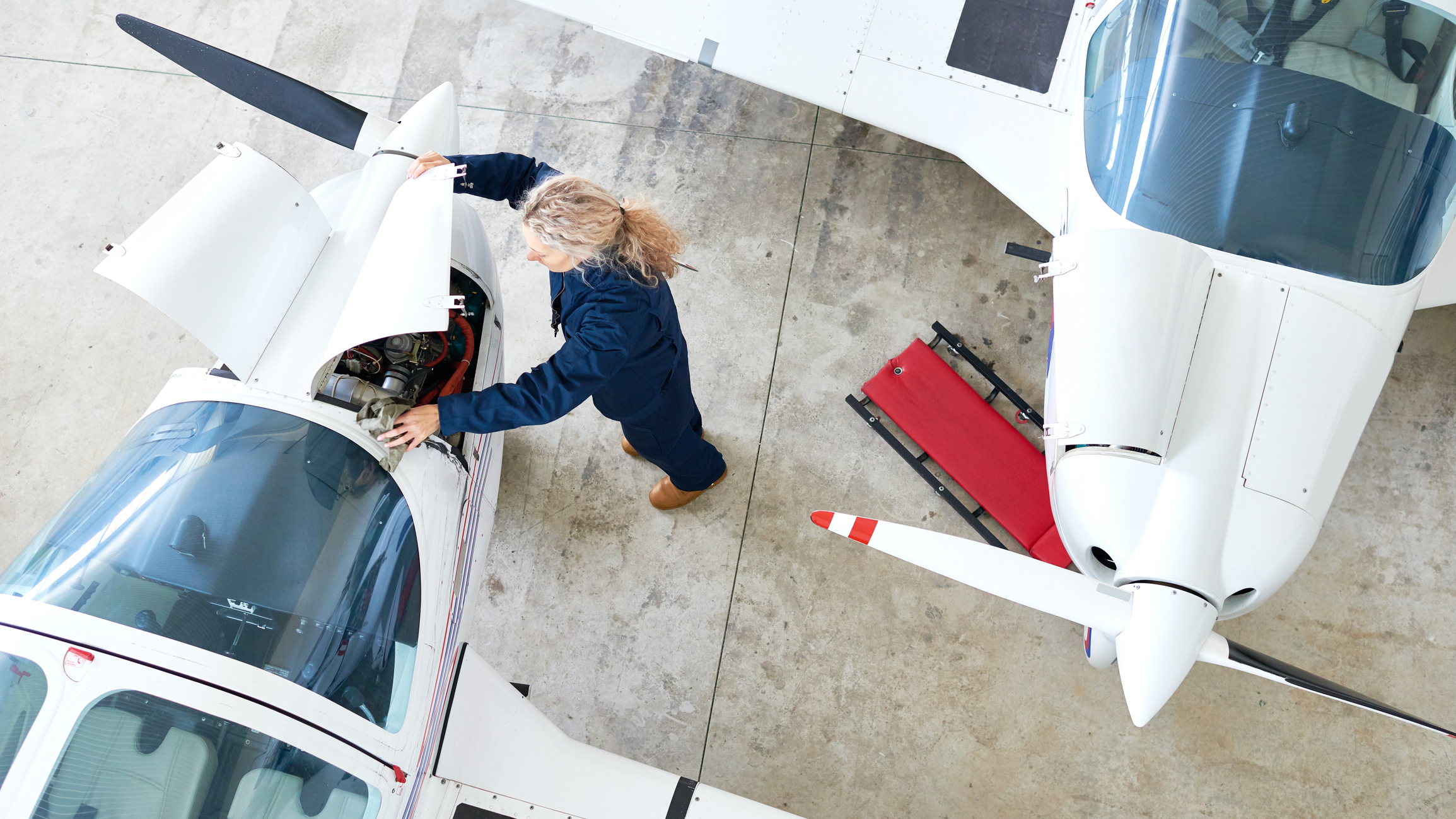
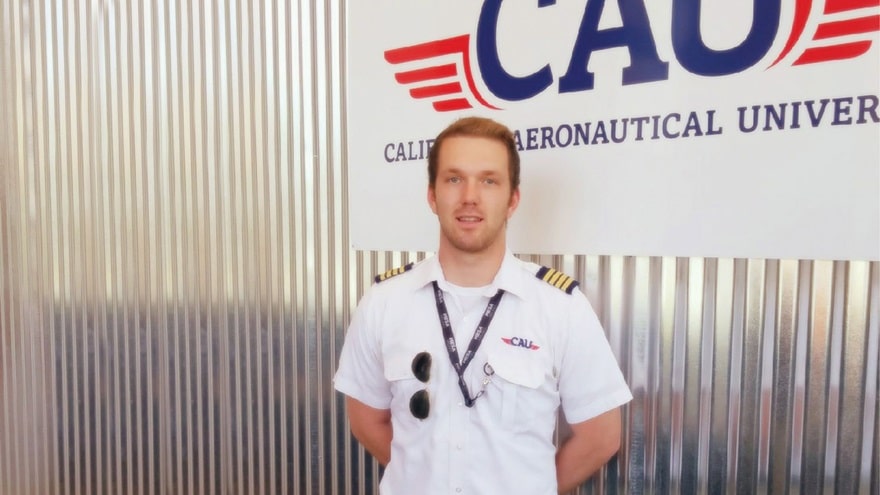
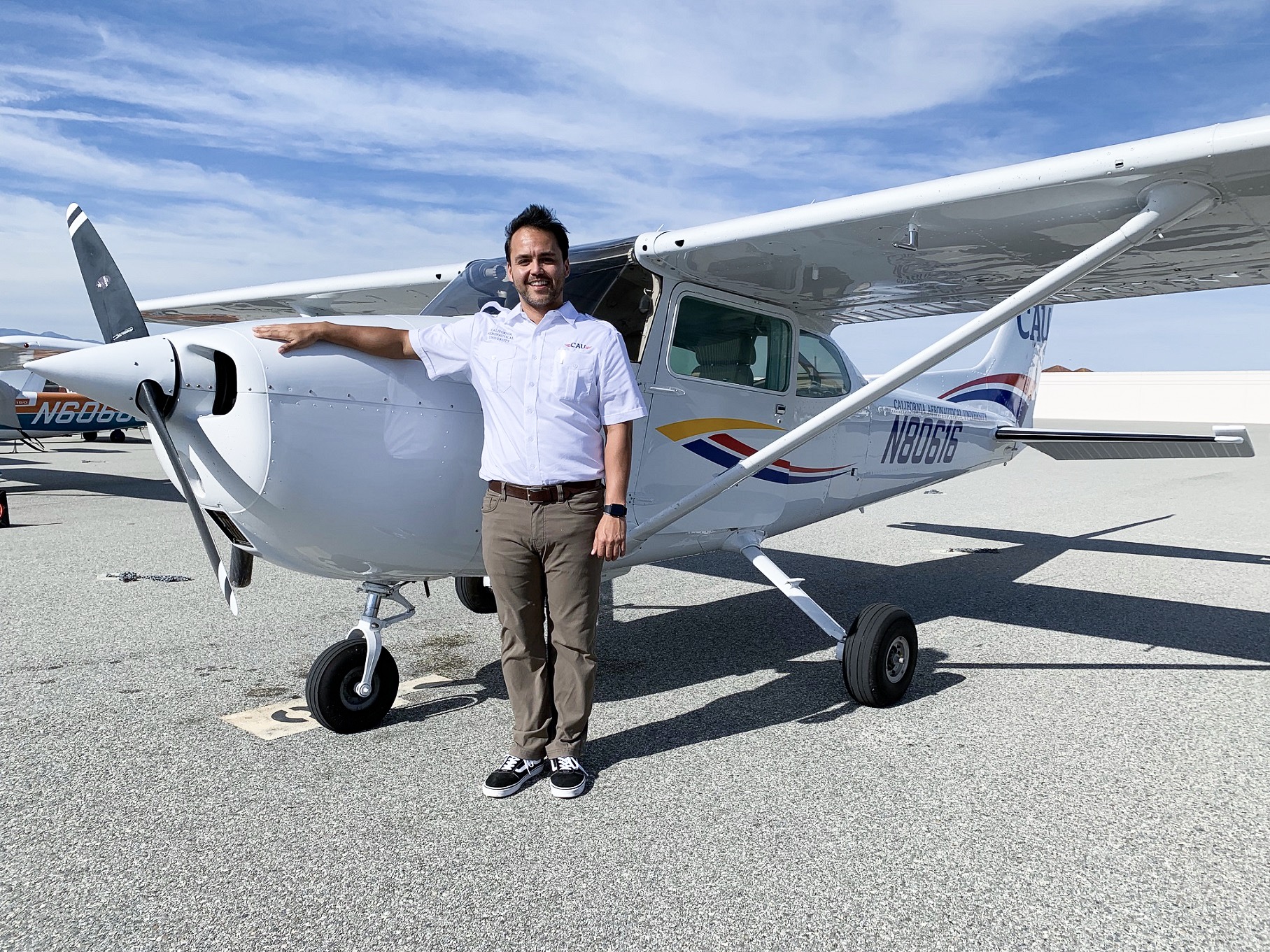
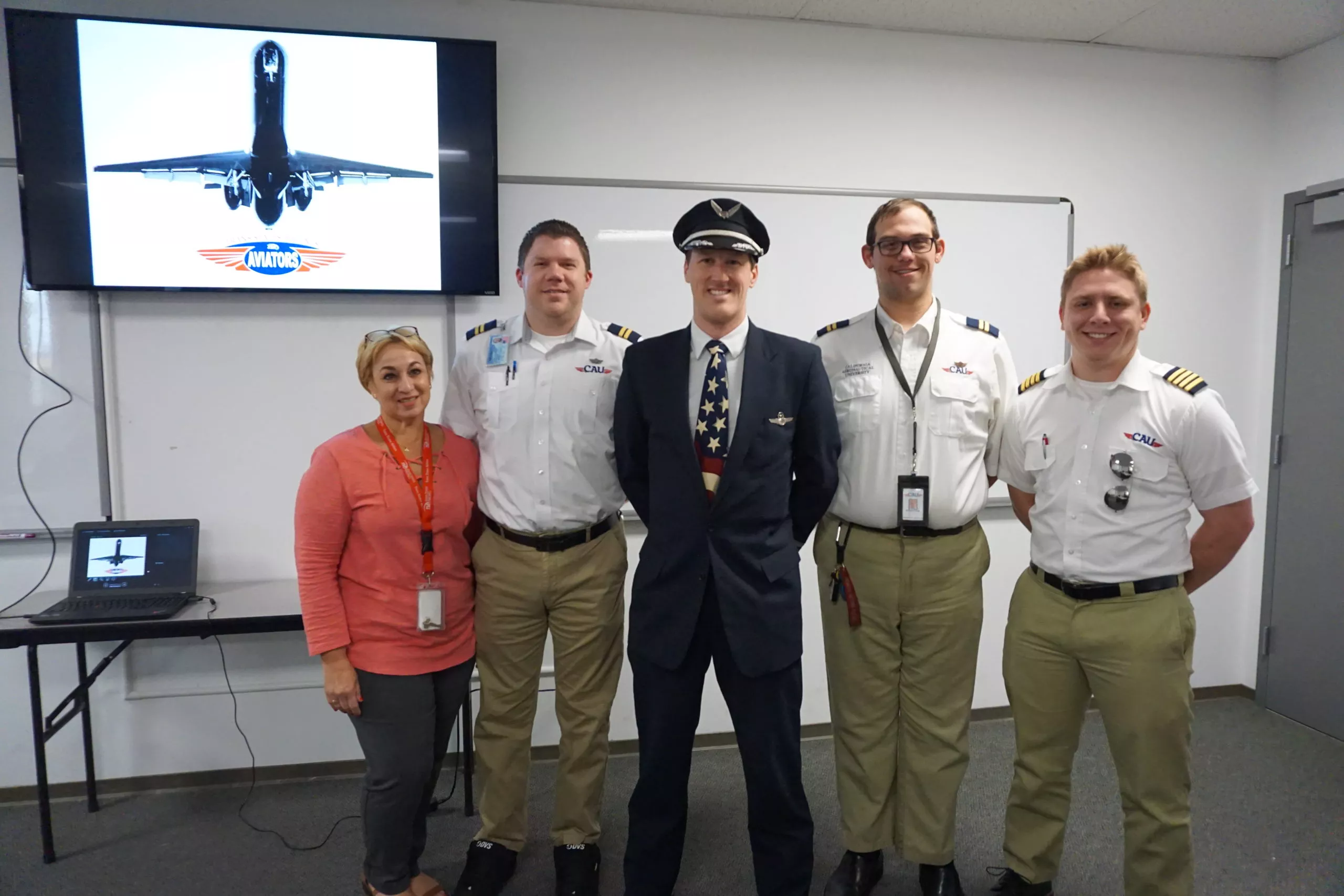
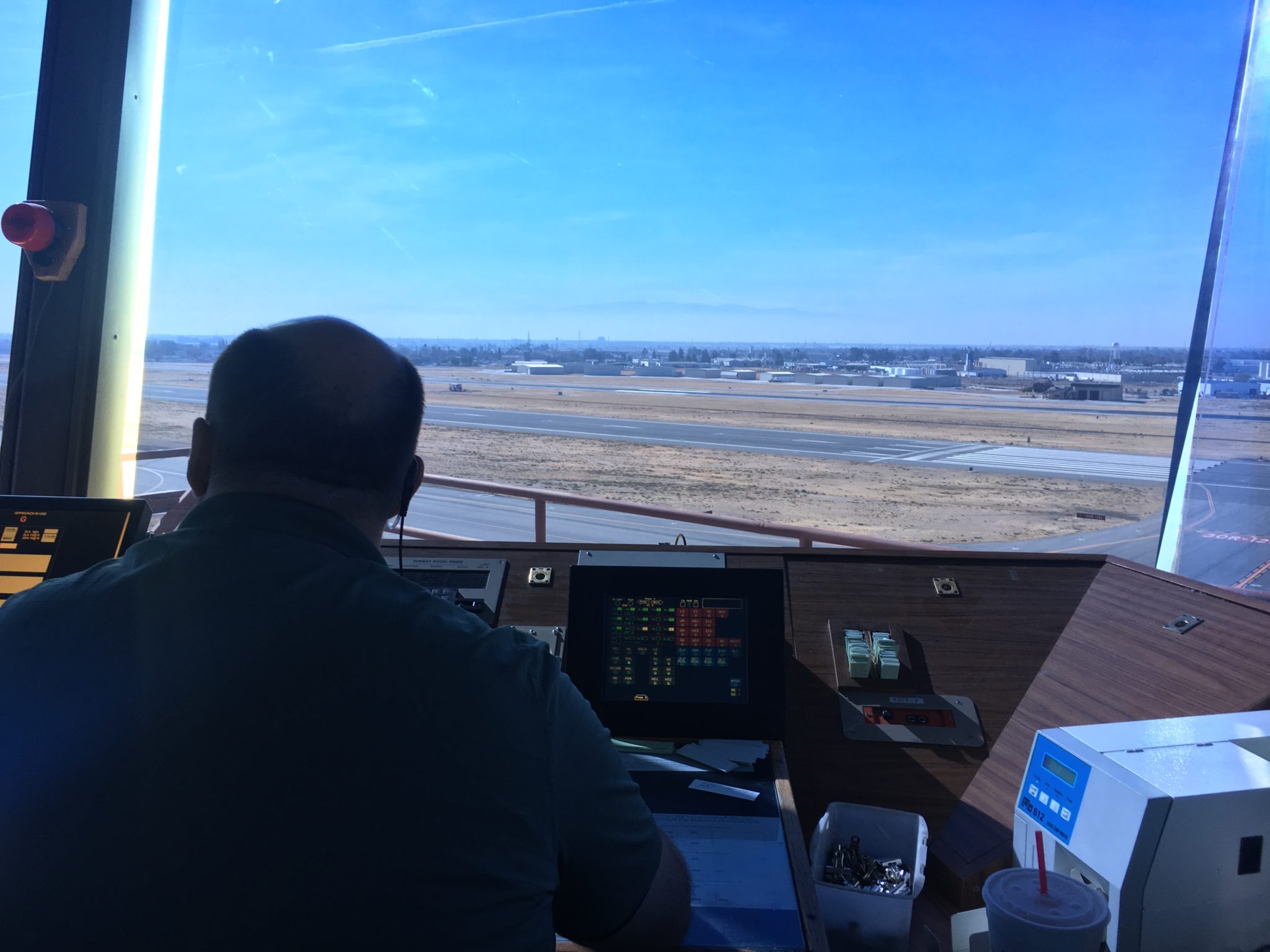
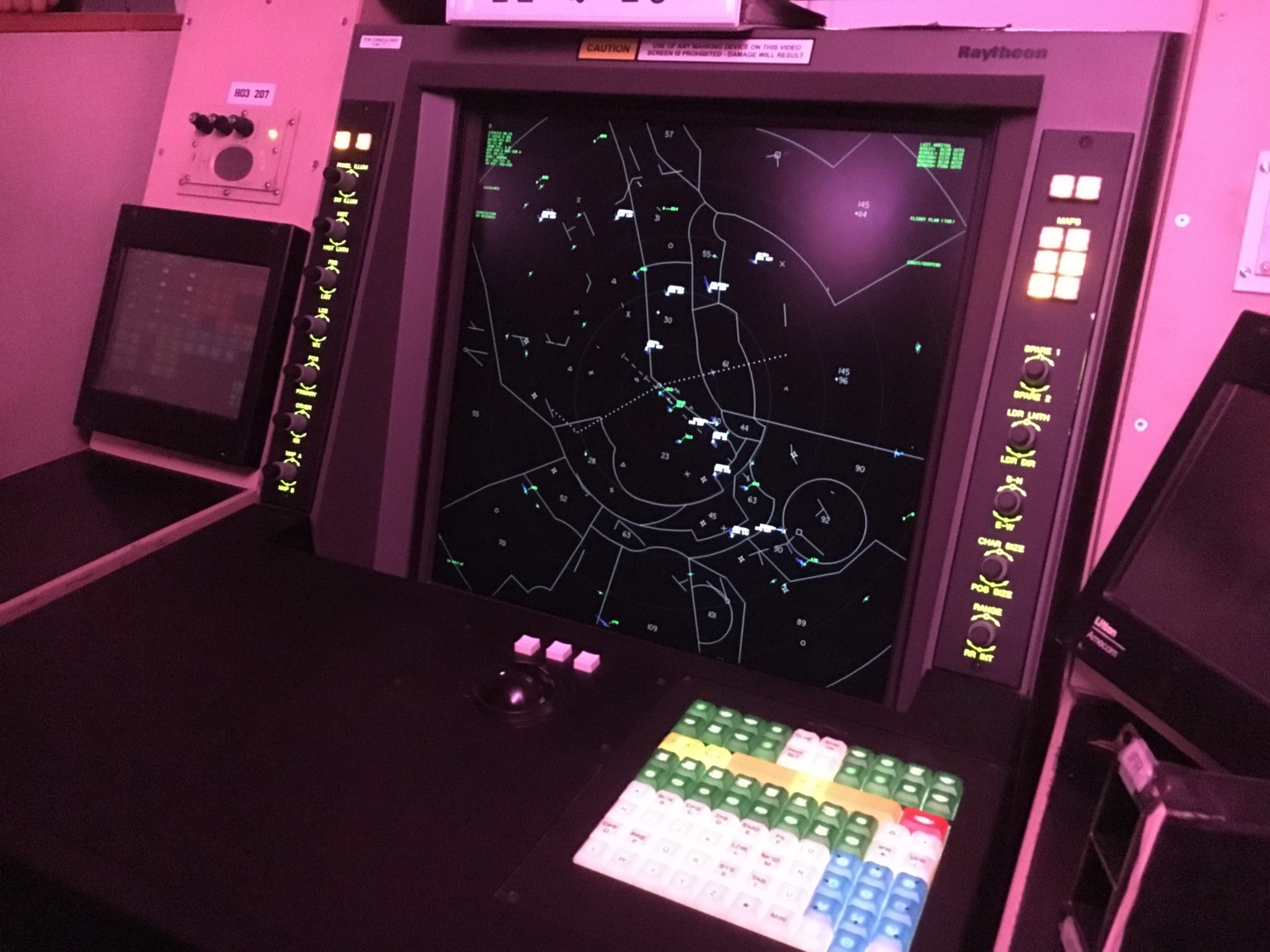

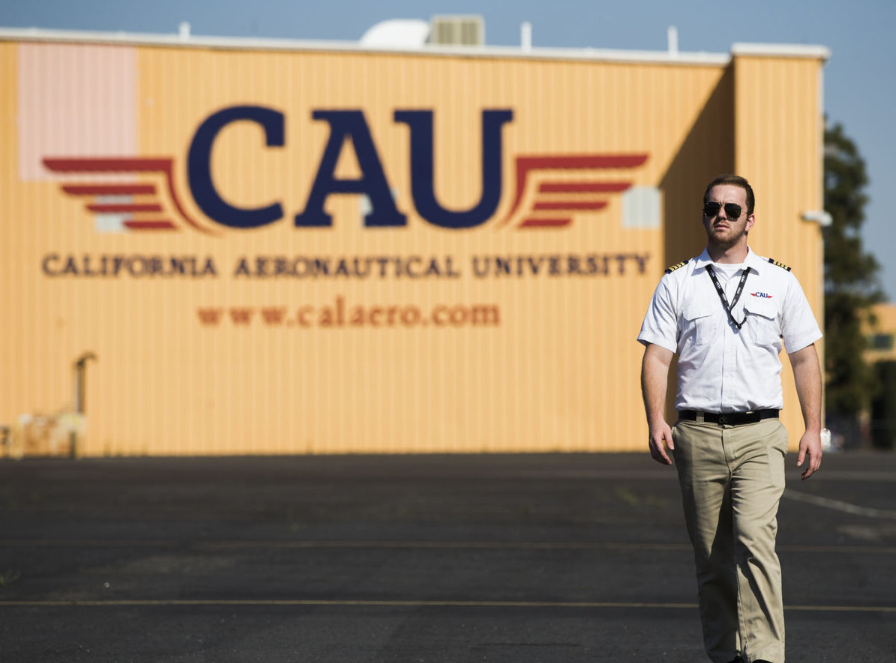

Thank you for the recognition. I just watched the Netflix Doumentary City in the Sky
Not once was the Flight Dispatcher acknowledged, when they truly handle so many behind the scene activities.
Hello. Which is the best school to become a flight dispatcher in Texas. Thank you for your cooperation.
My son is in 3rd year of an ATC program at ERAU at Florida. He is taken up an Instrument Rating program. After obtaining his FAA licence he may not get a job soon.. so meanwhile could he work as a Dispatcher in any airline, or a full dispatcher qualification and FAA licence would be required.
I would like to join your school